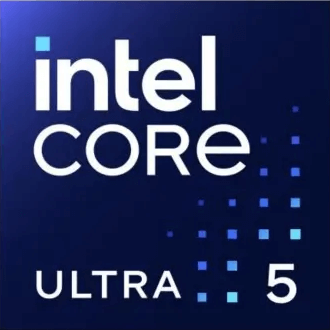Intel Celeron 6305 vs Intel Atom x7 Z8750
We compared two laptop CPUs: Intel Celeron 6305 with 2 cores 1.8GHz and Intel Atom x7 Z8750 with 4 cores 1.6GHz . You will find out which processor performs better in benchmark tests, key specifications, power consumption and more.
Main Differences
Intel Celeron 6305 's Advantages
Released 4 years and 8 months late
Integrated graphics card
Higher specification of memory (3733 vs 1600)
Larger memory bandwidth (51.2GB/s vs 25.6GB/s)
Newer PCIe version (3.0 vs 2)
Higher base frequency (1.8GHz vs 1.6GHz)
More modern manufacturing process (10nm vs 14nm)
Intel Atom x7 Z8750 's Advantages
Larger L3 cache size (6MB vs 4MB)
Lower TDP (2W vs 15W)
Score
Benchmark
Geekbench 6 Single Core
Intel Celeron 6305
+228%
640
Intel Atom x7 Z8750
195
Geekbench 6 Multi Core
Intel Celeron 6305
+92%
1089
Intel Atom x7 Z8750
567
General Parameters
Sep 2020
Release Date
Jan 2016
Intel
Manufacturer
Intel
Laptop
Type
Laptop
x86-64
Instruction Set
-
Tiger Lake
Core Architecture
Cherry Trail
6305
Processor Number
-
BGA-1449
Socket
UTFCBGA1380
UHD Graphics Xe G4 48 EUs
Integrated Graphics
Intel HD Graphics 405 Mobile
-
Generation
Atom (Cherry Trail)
Package
10 nm
Manufacturing Process
14 nm
15 W
Power Consumption
2 W
100 °C
Peak Operating Temperature
-
-
Foundry
Intel
CPU Performance
2
Performance Cores
-
2
Performance Core Threads
-
1.8 GHz
Performance Core Base Frequency
1.6 GHz
-
Performance Core Turbo Frequency
2.56 GHz
2
Total Core Count
4
2
Total Thread Count
4
100 MHz
Bus Frequency
100 MHz
18x
Multiplier
16
96 K per core
L1 Cache
96 KB per core
1256 K per core
L2 Cache
2 MB shared
4 MB shared
L3 Cache
6 MB shared
No
Unlocked Multiplier
No
-
SMP
1
Memory Parameters
DDR4-3200, LPDDR4x-3733
Memory Types
LPDDR3-1600
64 GB
Max Memory Size
8 GB
2
Max Memory Channels
2
51.2 GB/s
Max Memory Bandwidth
25.6 GB/s
No
ECC Memory Support
No
Graphics Card Parameters
true
Integrated Graphics
-
300 MHz
GPU Base Frequency
200 MHz
1250 MHz
GPU Max Dynamic Frequency
600 MHz
384
Shader Units
-
24
Texture Units
-
12
Raster Operation Units
-
48
Execution Units
16
15 W
Power Consumption
-
0.84 TFLOPS
Graphics Performance
-








